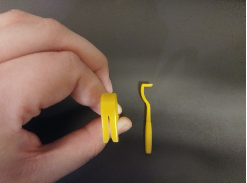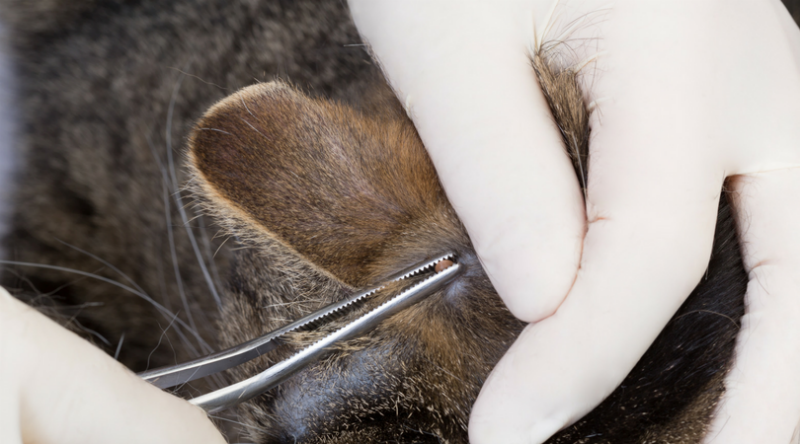The most important thing to remember when dealing with ticks is PAIR: (Product, Avoid, Inspect, & Remove).
Product – Contact your veterinary clinic to discuss the best set of parasite prevention products for your pet’s lifestyle. It’s important in Nova Scotia to have your pets on a product year-round as we no longer have a real winter. It does not get cold enough to keep ticks away throughout the “winter” months.
Avoid – Keep your grass cut and stay away from tall grassy areas whenever possible. Avoid tick endemic parks and areas as much as possible.
Inspect – Do a tick check on your pets and yourself! A tick check should be done after any time spent outside around tall grassy areas where ticks could be questing. Do a full head to tail rub down on your pet; make sure you are getting right down to the skin with those long-haired dogs!
Step 1 – You should have the proper instrument for removing ticks. We typically have these at the clinic at no charge. Stop by anytime to get one! They look like this:

Step 2 – Choose the most suitable hook, according to the size of a tick.
Step 3 – Engage the hook until it is held between the prongs of the remover.
Step 4 – Turn the hook until you feel that the tick has detached. Make sure the mouthpieces have been entirely removed.
Written by Dartmouth Veterinary Hospital




